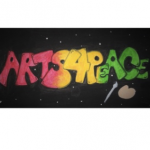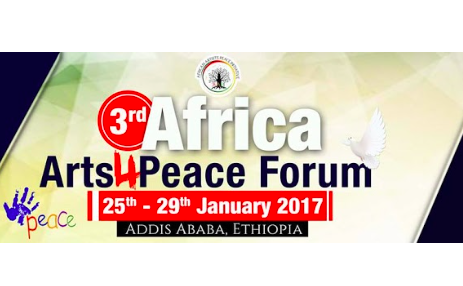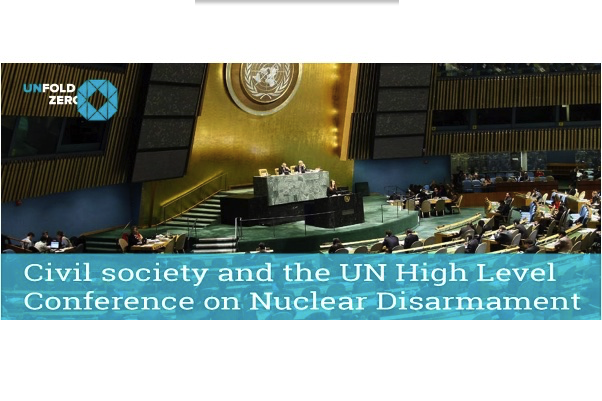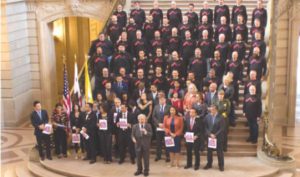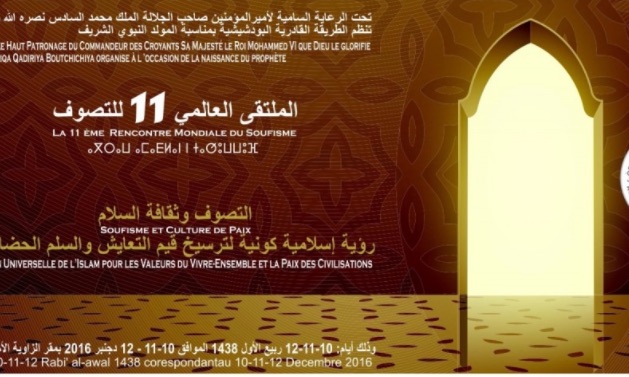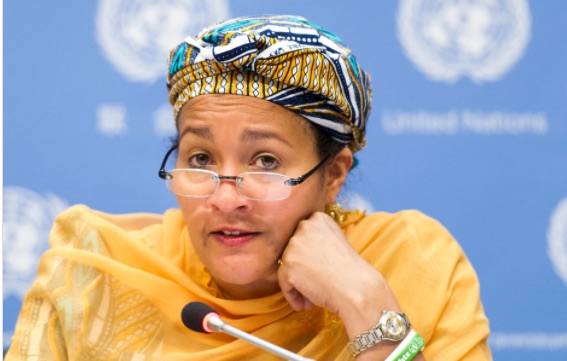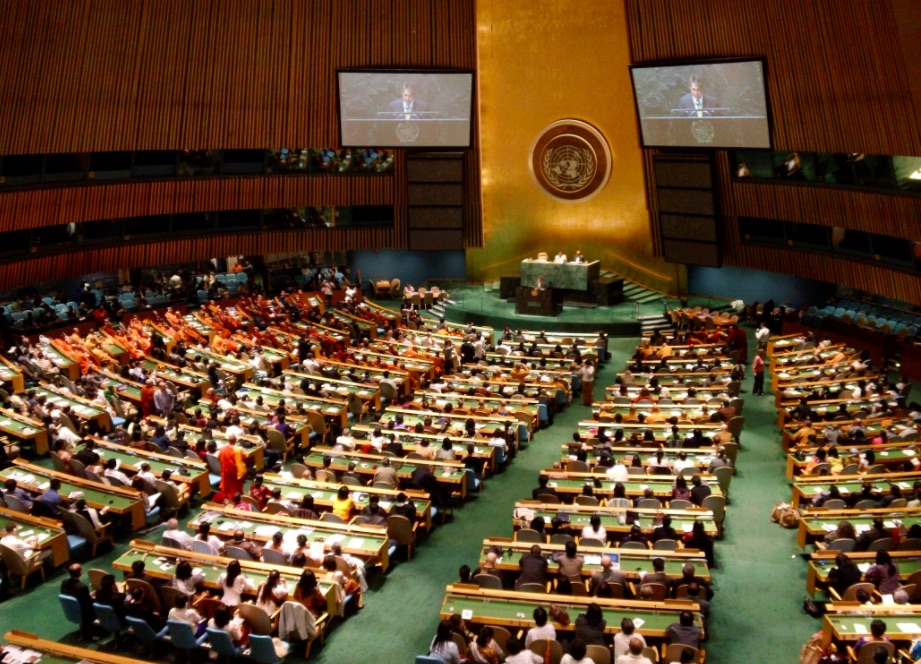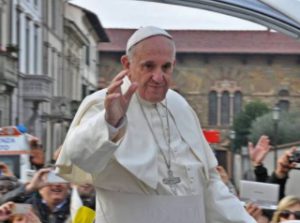FREE FLOW OF INFORMATION
Executive summary of Oportunidades de paz y escenarios de riesgo para 2017, published by the Escola de Cultura de Pau (translated by CPNN)
Opportunities of peace:
Colombia: The inclusion of a gender perspective in the peace agreement between the Government and the FARC represents a unique opportunity to advance the construction of a sustainable and inclusive peace in Colombia, with the participation of women and the LGTBI population as key actors in the implementation of the agreement.
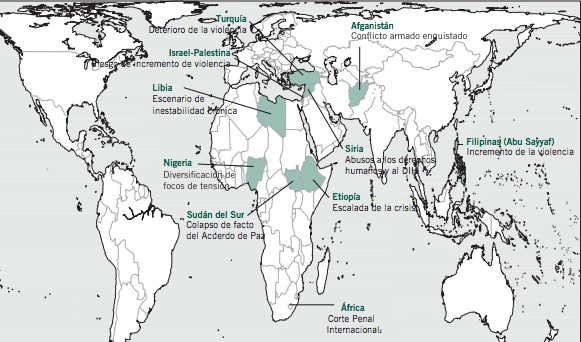
click on the photo to enlarge
Philippines (NDF): The resumption of peace talks between the government and the National Democratic Front (NDF), a political movement representing the communist guerrilla New People’s Army (NPA) in 2016, and the willingness of both sides to sign a peace agreement for mid-2017 is a historic opportunity to end one of the longest-running conflicts in the world.
Myanmar: The Burmese government is facing the best opportunity in recent decades to negotiate a peace agreement that will end a conflict that has lasted almost 70 years. The popular and democratic legitimacy of the new Government is the main asset, since it has a wide national and international support. However, many obstacles must be overcome to make the process truly inclusive.
Georgia: Resumption, after four years of paralysis of one of the mechanisms of the peace process, the Incident Prevention and Response Mechanism for Abkhazia and, on the other hand, the institutionalization of consultations between Georgian representatives involved in the process and local women’s organizations, are making progress towards building multilevel confidence, despite the political obstacles of formal negotiations.
Nuclear weapons: Endorsement by more than 100 states of holding negotiations in 2017 to achieve a nuclear arms ban treaty, coupled with the growing humanitarian approach to the issue and the pressure of international civil society, opens up a historic opportunity for stigmatizing the use and possession of nuclear weapons and moving towards a binding legal instrument, despite the rejection by nuclear states and their allies.
Scenarios of risk:
Ethiopia: The country is suffering the worst political and social crisis of recent years, with a wave of anti-regime protests that have been suppressed with extreme harshness and which have caused hundreds of fatalities over the past year. The serious protests reveal the fragility of the social contract between the elites and the population of the country, dissatisfied with years of corruption, with an authoritarian political system, for the exclusion of much of the population from the supposed Ethiopian economic miracle. The decree of a state of emergency provides for a worsening of the situation.
( Click here for the Spanish original.)
(Article continued in right column)
(Article continued from left column)
Libya: During 2016 difficulties in implementing the Skhirat agreement confirmed the fragility of the pact and highlighted the multiple challenges of Libya, which could lead to a worsening situation in 2017. Among them, a persistent political polarization, an active range of armed actors, an international approach conditioned by often dissonant priorities, and a deteriorating economic, humanitarian and chronic human rights violations.
Nigeria: The proliferation of political tensions, armed movements and intercommunal violence in various regions of the country (north, center and south) is creating a situation of serious deterioration of security in Nigeria that threatens its stability. The role of security forces in the repression of opposing and dissident groups and communities has been a significant factor in triggering the outbreak of violence in various parts of the country, contributing to the radicalization of different movements.
South Sudan: One year after the signing of the Peace Agreement, the future of the peace process is more uncertain and precarious than ever. Failure to implement the clauses of the agreement, systematic violations of the ceasefire, increased violence against the civilian population and the de facto collapse of the Transitional Government highlight the major challenges facing the immediate future of the Transitional Government..
Afghanistan: Armed conflict remains strongly entrenched in the country fifteen years after the invasion of the United States and causing very serious impacts on the Afghan civilian population. New dynamics in the conflict, the incipient presence of ISIS and the worsening of the crisis of forced displacement make it difficult to achieve a negotiated solution in the short or medium term. The political crisis that the Government is experiencing further hinders the situation in the country from improving.
Philippines (Abu Sayyaf): The proliferation and greater coordination of various Islamist groups in Mindanao; the possibility that ISIS may be expanding and consolidating its presence on the island as the epicenter of its activities and project in Southeast Asia; and the increase in armed actions by groups declaring their alignment and even membership in ISIS, such as Abu Sayyaf or Lanao Islamic State, could lead to increased insecurity in the region and affect the peace process with the MILF.
Turkey: The failure of the peace process and the intensification of conflict at the military, political-social and regional levels, as well as a more complex overall scenario in Turkey, marked by the challenges and consequences of the failed coup attempt of 2016, point to a deterioration in the situation of the Kurdish issue, of greater violence and militarization and of the gap between the State and the Kurdish movement.
Israel-Palestine: The 50th anniversary of the Israeli occupation of Gaza and the West Bank could become the basis for new tensions and violence, given the ultra-right orientation of the Israeli Government and signs of growing frustration in the Palestinian population with occupation. The weakness of Palestinian political leadership, and the low expectations that international initiatives will revive the peace process, contribute to a climate of skepticism about the viability of the two-state formula.
International Criminal Court: The International Criminal Court, which faces many challenges, pressures and criticism, has been accused of placing too much emphasis on African cases and, by the end of 2016, has been facing one of the main challenges since its inception : Three African countries, South Africa, Burundi and Gambia, have announced their withdrawal from the Court. The culmination of this decision and its domino effect may lead to a weakening of the institution and a setback in terms of human rights protection.
Syria: The Syrian war has been characterized by brutal levels of violence against civilians and systematic violations of human rights and international humanitarian law, in a context of total impunity and the lack of action by the international community. Although it is not the only case, Syria is also setting a symbolic and dangerous precedent that exposes the weaknesses of the international framework for the protection of civilians in armed conflict.
